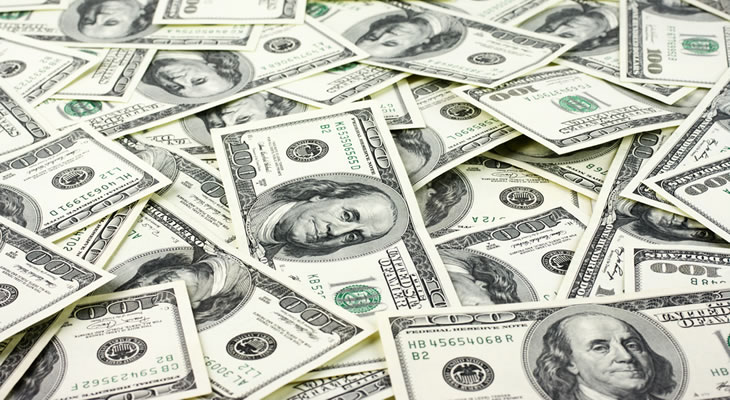The mood towards the Pound soured further in the wake of a fresh raft of disappointing UK data, raising questions over the health of the domestic economy.
Industrial production and construction output both unexpectedly contracted on the month in February, reaffirming signs of a slowdown in both sectors.
Coupled with a widening of the UK visible trade deficit this left investors with little cause for confidence in Sterling.
As Howard Archer, chief European and UK economist at IHS Global Insight, noted:
‘A disappointing package of data for the UK economy which fuels suspicion that GDP growth slowed markedly, largely due to consumers becoming more cautious. We suspect UK GDP growth in the first quarter of 2017 slowed to 0.4% quarter-on-quarter from 0.7% quarter-on-quarter in the fourth quarter of 2016 – this would be the weakest growth rate since the first quarter of 2014.’
Although Bank of England (BoE) Governor Mark Carney did not offer any fresh commentary on monetary policy during remarks on Friday the Pound US Dollar exchange rate nevertheless remained under pressure.
The softness of February’s trade data encouraged particular bearishness, offering a timely reminder of the UK economy’s vulnerability to a deterioration in trade.
Further downside pressure could be in store for Sterling with the publication of March’s consumer price index report on Tuesday.
Another uptick in inflationary pressure could put additional downside pressure on GBP exchange rates, given that the BoE remains in no hurry to return to a tightening bias.
Even so, investors could still bet on a sharper increase in inflation increasing the likelihood of policymakers being prompted to act sooner rather than later.
Any developments in the Brexit situation could limit the appeal of the Pound, although jitters may be muted by the fact that formal negotiations are still yet to begin.
Rising geopolitical tensions buoyed demand for the US Dollar, meanwhile, as investors flocked back into safe-haven assets.
Confidence in the ‘Greenback’ also picked up in anticipation of another solid non-farm payrolls report, even though the headline figure is expected to be weaker than February’s bullish result.
However, the GBP USD exchange rate could find a rallying point if wage growth data proves disappointing, given that the Federal Reserve places importance on the measure.
On the other hand, if the labour market figures are generally encouraging then the US Dollar could extend its uptrend ahead of the weekend.
If March’s US inflation rate remains steady then the underlying trend for USD exchange rates is likely to remain bullish in the near term.
Even so, if markets experience further loss of faith in the abilities of the Trump administration to deliver on promised fiscal reforms then the Pound could find some room for gains against the US Dollar.


Comments are closed.